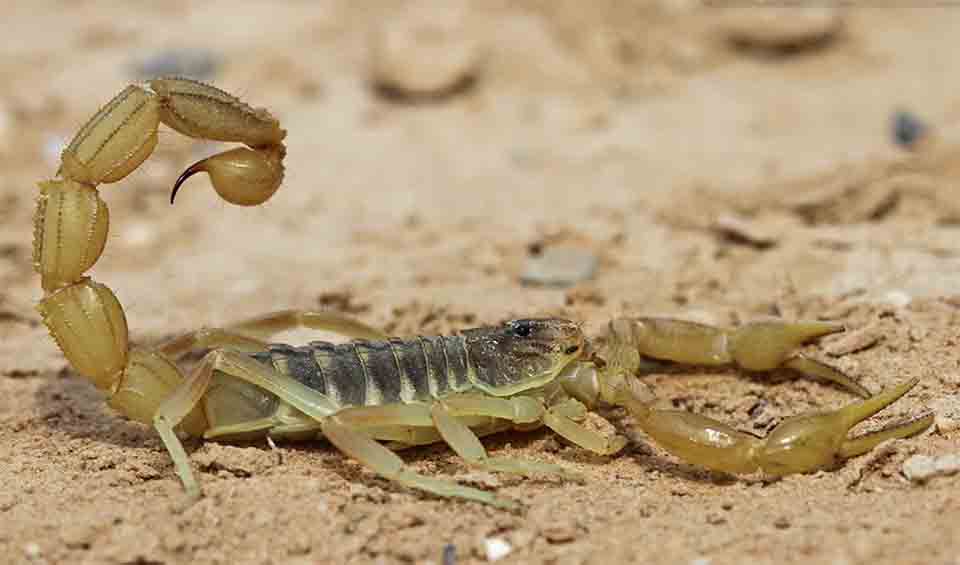Arachnida – Spiders & scorpions
Web weavers and fang bearers
Arachnida, one of the first terrestrial animals, with four pairs of legs, basic eyes, and fang-tastic mouthparts. No antennae or wings – they keep it simple and stylish!
Arachnids typically have a body divided into two parts: a front part (cephalothorax) with mouthparts, sensory organs, and legs, and a back part (abdomen) for digestion and reproduction. The arachnid skeleton is hydraulic. As an alternative to tracheae, the basic arachnid converts carbon dioxide into oxygen using two (or four) pairs of book lungs.
The majority of arachnids are terrestrial, yet their evolutionary history is rooted in marine environments. The Early Devonian (400 Ma) and Late Silurian (414 Ma) are the earliest known periods for terrestrial arachnids.
Today’s taxonomy of Arachnids includes about 640 families, 9000 genera, and around 100,000 identified species. The diversity of arachnids is astounding, yet it’s believed to be a small fraction of the class’s actual diversity.
Orders in this class
Architects of the arachnid world
Contrary to their depiction in the Harry Potter film, these spiders do not possess any venom
Though resembling miniature scorpions, they lack the characteristic tail and sting
They emit a vinegar-smelling substance that can deter predators and is used as a means of protection
They lack silk glands and do not build webs
They are not venomous to humans and lack the tail stinger seen in true scorpions
The disappearing spider cousins are mostly harmless
Notorious for their blood-sucking habits and potential role as vectors for diseases









